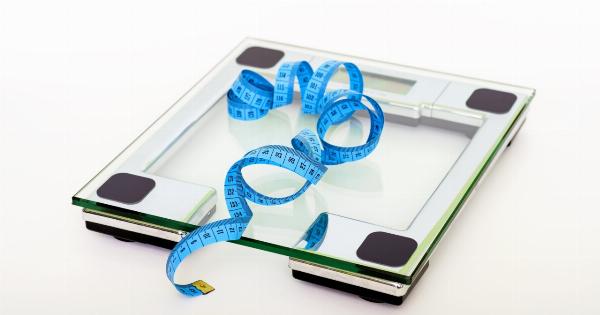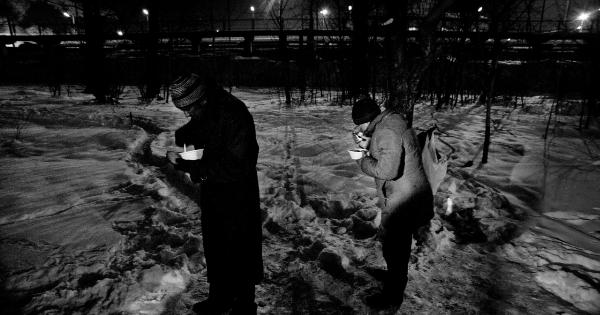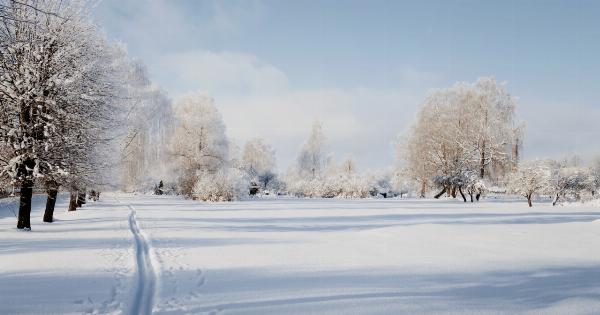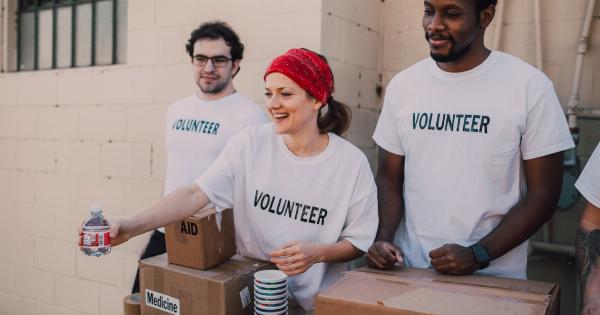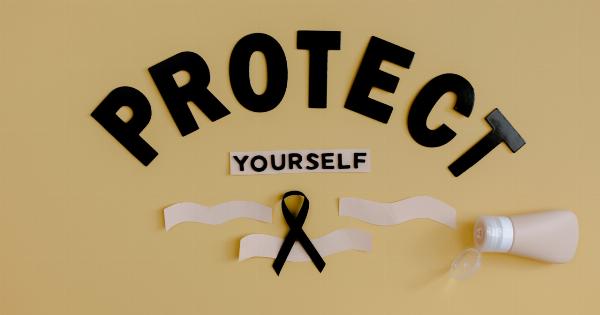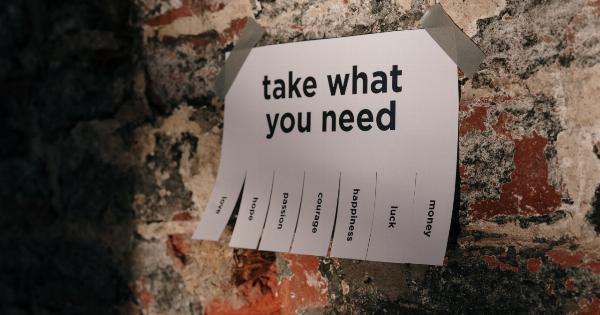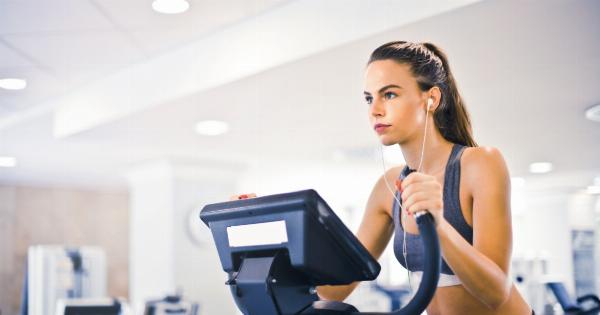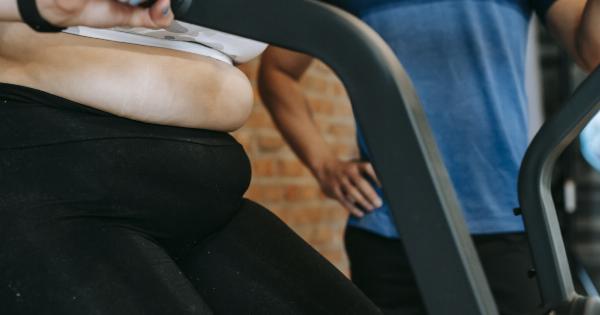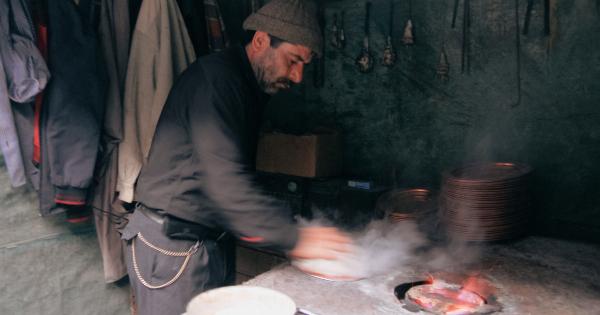Winter brings with it a magical beauty that covers everything in a pristine white blanket. However, along with the beauty, winter also brings its fair share of challenges. One such challenge is the task of snow clearing.
While it is essential to clear snow for safe mobility and accessibility, it can also be a hazardous activity if not done with caution and proper safety measures in place. In this guide, we will provide you with valuable tips and guidelines to ensure injury-free snow clearing this winter.
1. Dress Appropriately
Before stepping out to clear snow, it is crucial to dress appropriately for the cold weather. Layer up with warm clothing to prevent hypothermia and frostbite. Wear a sturdy pair of waterproof boots with good traction to avoid slipping on icy surfaces.
Don’t forget to protect your extremities with gloves, a hat, and a scarf.
2. Warm-Up Exercises
Clearing snow can be physically demanding, so it is essential to prepare your body beforehand. Engage in warm-up exercises to increase blood circulation and loosen your muscles. Stretch your arms, legs, and back to reduce the risk of strains and sprains.
3. Choose the Right Snow Clearing Equipment
Invest in good quality snow clearing equipment such as shovels, snow blowers, or snow plows to make your task easier and more efficient. Choose equipment that suits your physical capabilities and the size of the area you need to clear.
Ensure that your equipment is in good working condition before you start clearing snow.
4. Clear Snow Early and Frequently
To prevent a heavy buildup of snow, clear it as soon as possible. The longer snow sits, the heavier and more compacted it becomes, making it harder to remove. Additionally, clearing snow frequently reduces the risk of slipping and falling on icy patches.
5. Use Proper Lifting Techniques
When lifting snow, use proper techniques to avoid back injuries. Bend your knees, not your back, and lift with your legs. Avoid twisting your body while carrying or throwing snow. If the snow is heavy, consider using a smaller shovel to lighten the load.
6. Take Breaks
Clearing snow can be physically demanding, so it is essential to take regular breaks. Overexertion can lead to fatigue and increase the risk of injuries. Listen to your body, and if you feel tired or experience any pain, take a break, hydrate, and rest.
7. Be Aware of Hidden Hazards
While clearing snow, be cautious of hidden hazards such as ice patches, uneven surfaces, or objects buried beneath the snow. Take your time and watch your footing to avoid slips, trips, and falls.
Use salt or sand to increase traction on slippery surfaces.
8. Clear Snow in Daylight
Whenever possible, choose daylight hours to clear snow. Clearing snow in the dark increases the risk of accidents and injuries. If you must clear snow in darker conditions, ensure proper lighting is available to illuminate the area.
9. Seek Help if Needed
Don’t hesitate to seek help if you find the snow clearing task to be too physically demanding. Ask a family member, neighbor, or hire professionals to assist you. It is essential to prioritize your safety and well-being.
10. Watch Out for Overexertion
While it is essential to keep your surroundings clear of snow, it is equally important to avoid overexerting yourself. Pushing beyond your physical limitations can lead to fatigue, muscle strains, and even heart-related issues.
Know your limits and don’t hesitate to ask for help if required.
Conclusion
Snow clearing is a necessary task during the winter season, but it doesn’t have to be hazardous. By following the tips and guidelines provided in this guide, you can ensure injury-free snow clearing.
Remember to dress appropriately, warm up your body, use the right equipment, clear snow early and frequently, use proper lifting techniques, take regular breaks, be aware of hidden hazards, clear snow in daylight, seek help if needed, and avoid overexertion. With these safety measures in place, you can enjoy a beautiful winter while keeping yourself and those around you safe from injuries.

